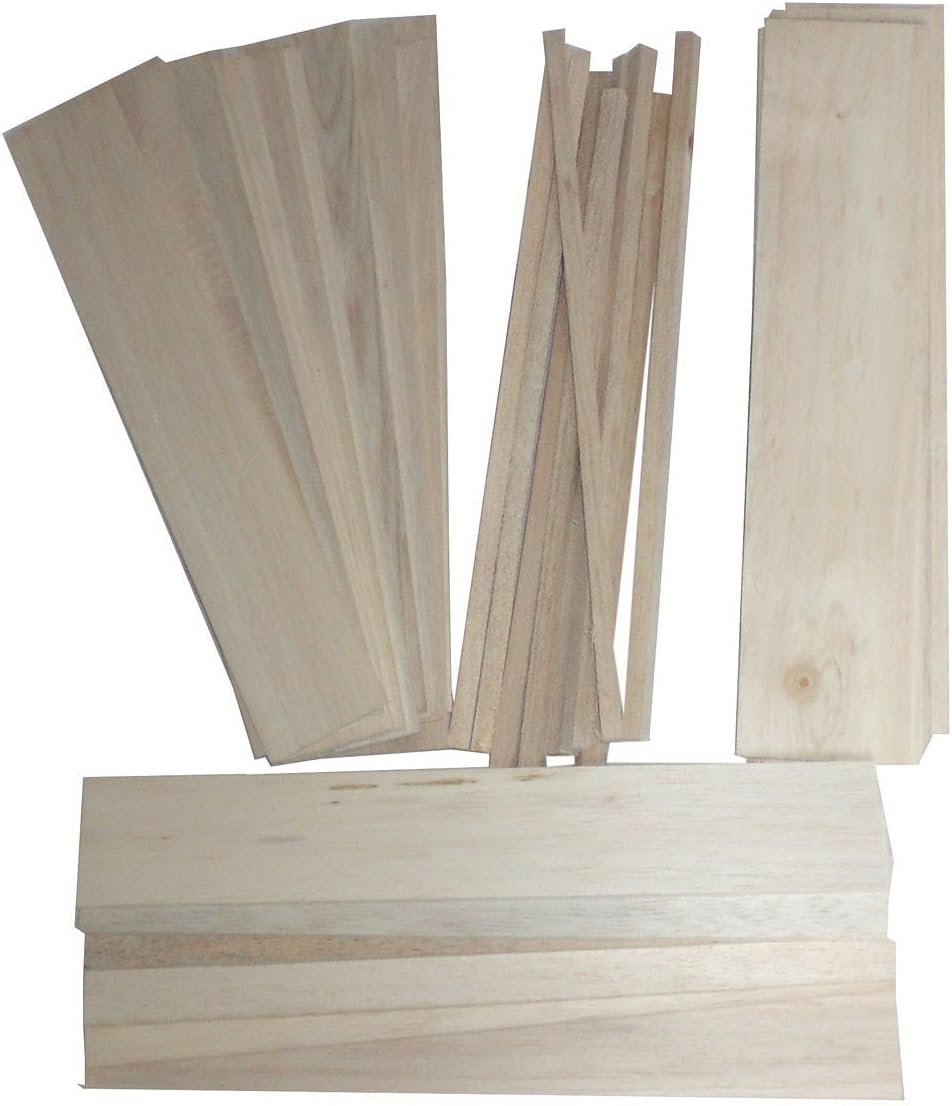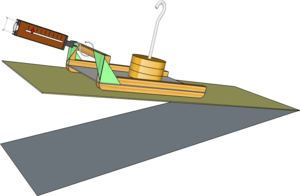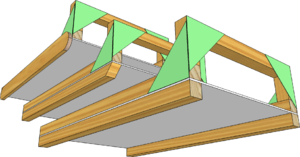Ancient Egyptian Stone Sled: Difference between revisions
From DT Online
mNo edit summary |
m (Added Category) |
||
| Line 32: | Line 32: | ||
[[Category:Primary]] | [[Category:Primary]] | ||
[[Category:Topics, Projects and Tasks]] | |||
[[Category:Ancient Egypt]] | [[Category:Ancient Egypt]] | ||
Latest revision as of 09:24, 23 November 2016
Description
It is generally agreed that the massive blocks of sandstone, limestone or granite (each weighing around 2½ tonnes) were dragged on Sleds to the building site where the Pyramids were being constructed.
Some theories suggest also that the stones were positioned on to the Pyramid by dragging the Sleds up ramps. There is debate about the types of ramp used and whether or not this formed only part of the lifting process but, in general, dragging loaded Sleds along tracks and up ramps, at least for part of the journey, was likely to have been undertaken. The Sleds would have been dragged over planks by teams of workers. Water (or milk) could have been poured under the Sled runners to reduce friction.
Activity
- Build a model Sled from Stripwood as shown. Load it with a 1kg mass then use a Newton meter to pull it up card slopes set at different angles (you may wish to glue lengths of stripwood under the card to stiffen it)
- Glue stripwood across a reinforced card ramp set to your chosen angle, fill the gaps in between with soft sand then try again.
Testing
- How much difference does the slope angle make to the force needed to pull the sled?
- What do think would be the best angle for a ramp which pyramid builders could use and why?
- What difference does it make if you wet the sand or pour soapy water over the wood strips?
- Try shaping the front of the runners to an angle, or rounded - does this make any difference to the force needed to move the Sled?
- Glue 'Lolly Sticks' to the side of the runners to make them narrower - what difference does this make?
- Structures and Frames can also be modelled using the Construction Kits listed in the Truss Bridges and Looking at Bridges articles.
Safety Point! Take great care with hot glue guns and all hot-melt glues. The melted glue can stick to the skin and cause severe burns.
 |
 |
 |
 |
 |
 |
 |
 |
 |
 |
 |
| Junior Hacksaw |
Clamp-on Hobby Vice |
Stripwood |
Balsa Wood |
Medium card coloured |
Thick card coloured |
Cutting Mat |
10mm Squared Paper |
PVA glue |
Glue Gun |
Bamboo Flower Sticks |
Notes:
- Choose metal cutting hacksaw blades - the teeth are small which suits this scale of work and they are safer for young children
- School PVA glue is best for young children because it is non-toxic and washes off : PVA Wood Glue is strongest but must be used with care.
- Try to get natural Flower Sticks or wear gloves because the green stain comes off on hands!


